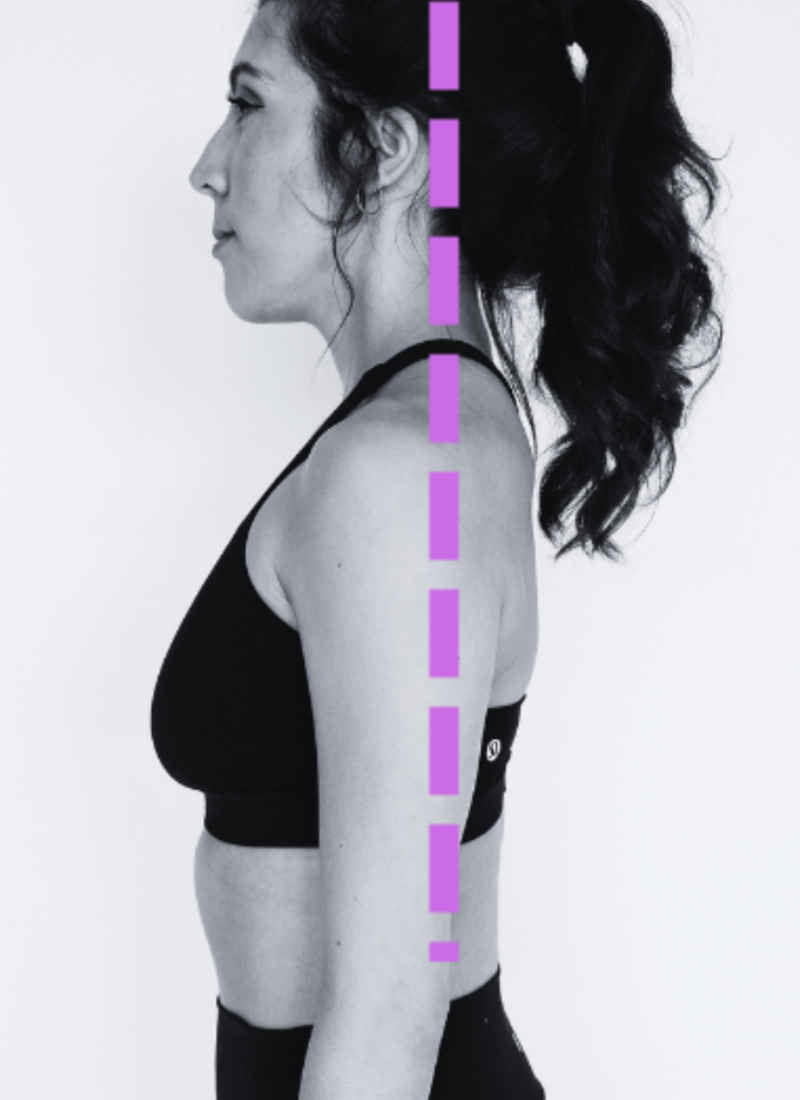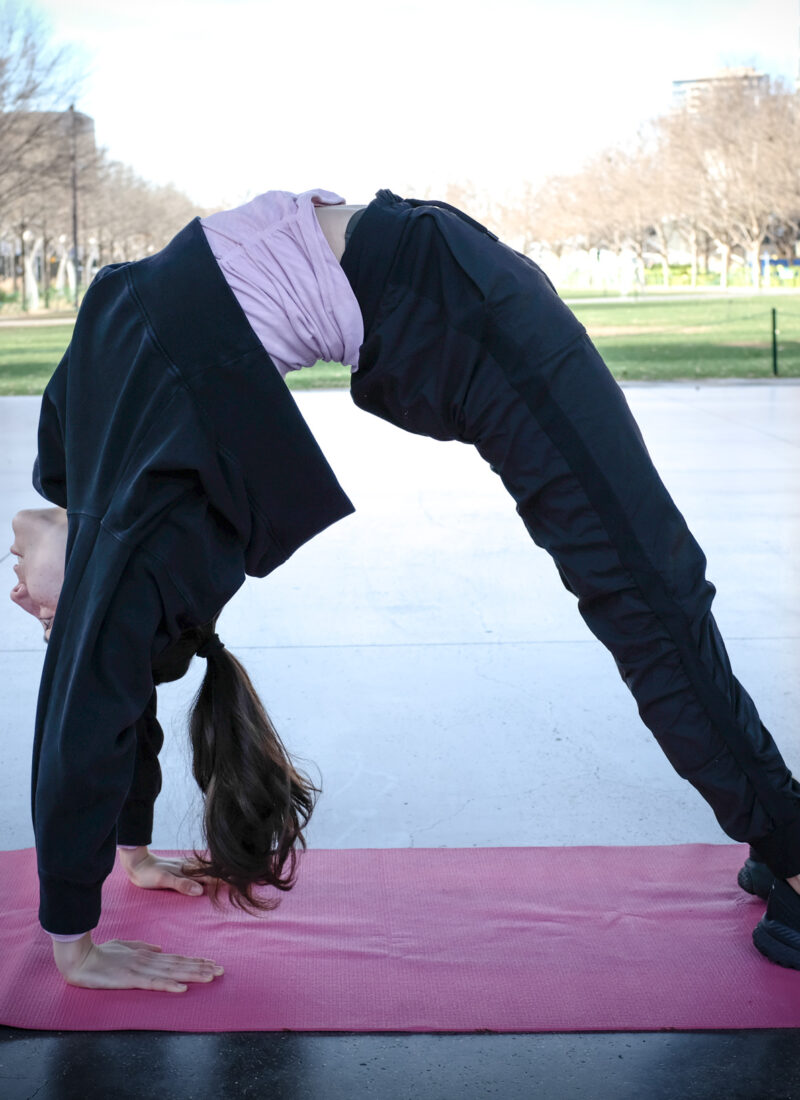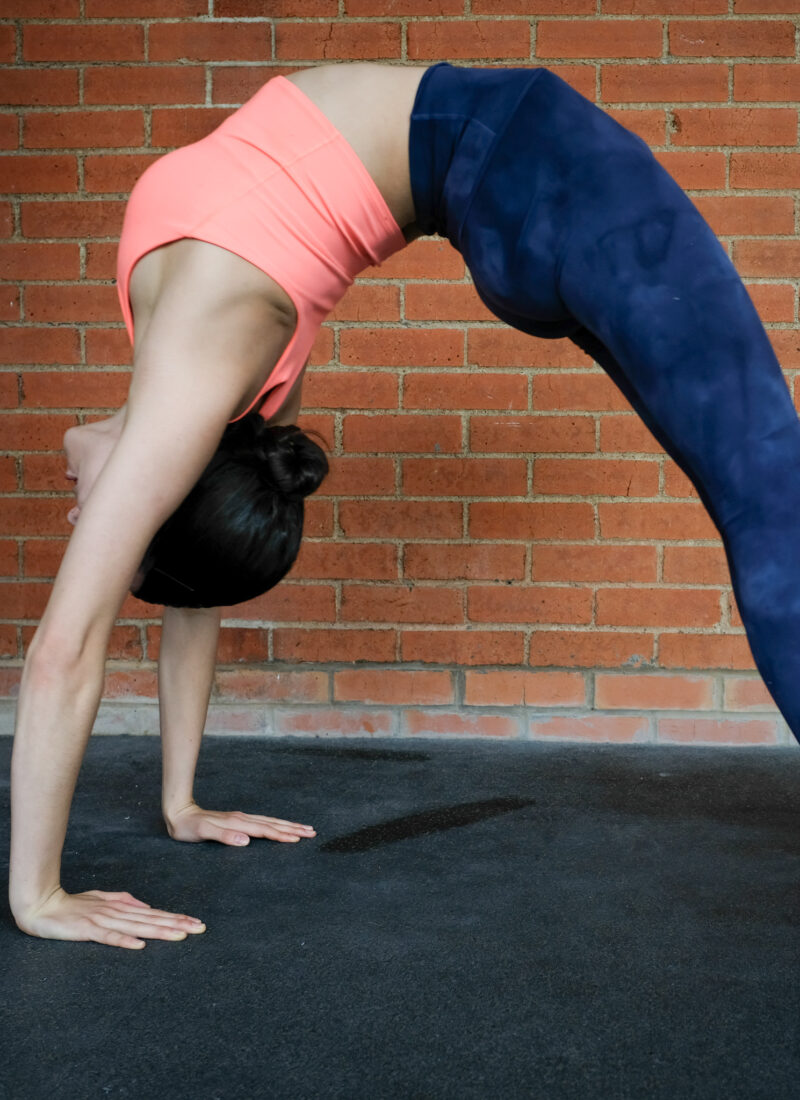Can you become flexible as an adult? This article will take a deep dive into the science behind gaining flexibility and mobility as our bodies get older.
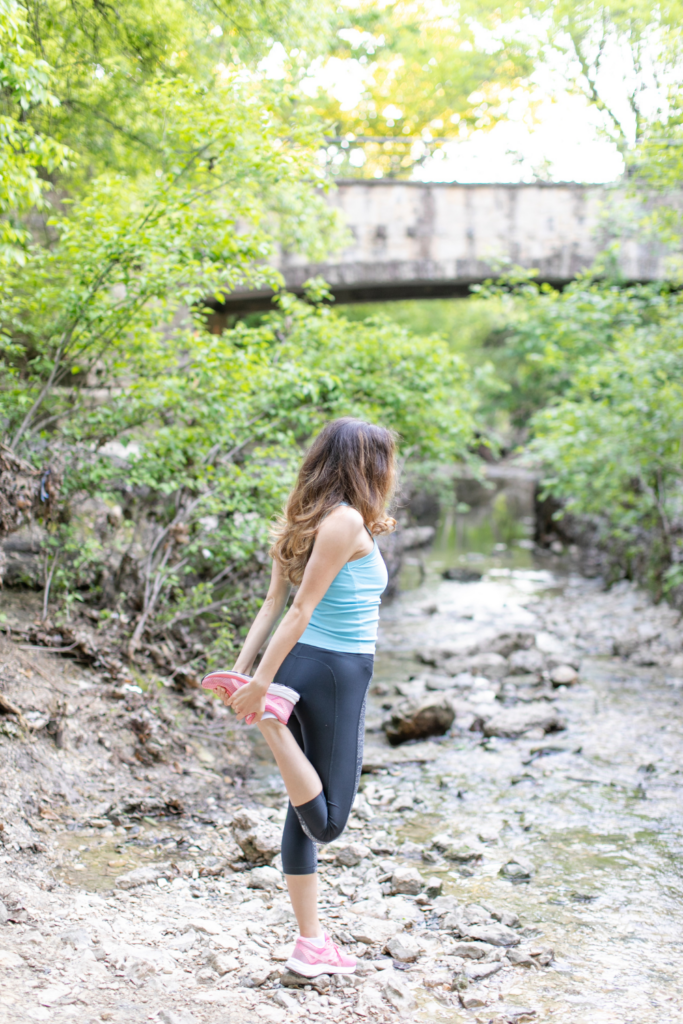
Are you too old to get flexible? Is stretching only for the youth? Naturally, as we age we become stiffer and less limber, but does this mean it’s too late to gain flexibility? There are many factors such as bone structure, muscle mass, excess fatty tissue, connective tissue, and physical injury or disability that cause limited mobility. To better understand how our bodies become more limber, we must answer these common questions about flexibility in adults using science.
This article is going to answer, can you become flexible as an adult?
WHY DOES AGING MAKE YOU LESS FLEXIBLE?
The older we get, the longer it takes to become flexible, and for many reasons. One common issue with older adults is limited mobility in the joints. While there are several conditions that influence joint health, it is common for older joints to not be as healthy as younger ones, therefore limiting range of motion.
In addition, we tend to become more dehydrated as we age. This leads to changes in our connective tissue, increased calcium deposits, and decreased suppleness due to less collagen in our muscle fibers.
Although it takes longer to become flexible, it does not mean you should give up on your flexibility goals if you are advanced in age. This just means you need to work harder, more carefully, and for a longer period, and drink plenty of water.
WHAT HAPPENS TO OUR BODIES WHEN WE STRETCH?
For a long time, it was believed that stretching extends the muscle fibers by “pulling” them. Pretty often, you may have heard muscles referred to as “short and tight” and that they need to be “lengthened.” However, this is no longer seen as true. In fact, scientists now believe that as we stretch, our muscles gradually become more desensitized to the “tugging” pain. You cannot actually change the length of the muscle itself.
Think of your muscles and connective tissues as if they were a Chinese finger trap. You can pull the finger trap and contract the finger trap, but the amount of material does not actually change. Similarly, muscles can stretch and elongate, or in other words, they can pull and contract, but the muscle itself doesn’t grow in length.
If we wanted to literally lengthen a muscle, it would need to be immobilized for 6-8 weeks such as in a cast.
When we perform a passive stretch, otherwise known as holding a stretching position, that painful sensation is actually our nerves alerting us that we are reaching the end of our range of motion. Although it feels like the muscle elongates, that is not the case.
The longer and more consistently we hold a stretch, our nerves become increasingly desensitized to the pain and allow us to stretch deeper.
This is important to recognize because when you feel pain while stretching, this is your mind becoming better able to handle the pain. However, make sure that you do not feel a sharp, shooting pain that could indicate joint or ligament injury. Stretching should feel more like a sore discomfort, not a sharp pain.
WHY SHOULD YOU STRETCH?
Everyone should stretch throughout their lifespans to maintain their range of motion and prevent stiffness or injury.
Stretching helps reduce pain from our everyday lives. Whether you sit at a computer, scroll through social medial, or get stuck in traffic, there’s a good chance your neck, shoulders, or back are stiff and sore during the day. Stretching can help improve your pain, flexibility, and your posture caused by slouching.
It is also a good idea to stretch consistently if you lift weights. Lifting heavy weights causes your muscles to contract, leading to the so-called “pump” that makes your muscles appear larger. When this occurs, your contracted muscles are tense and retain lactic acid. Though stretching will reduce how large the muscle appears, it is important to stretch the “pumped” muscle so it does not get stuck in the contracted position. The constant contraction of muscles from lifting weights leads to decrease range of motion in those muscles. Static stretching of the “pumped” muscle helps it to become “looser,” or in other words “relax” with reaching its range of motion, but it will not decrease the strength of the muscle.
HOW DO YOU START A STRETCHING ROUTINE AS AN ADULT?
When starting a stretching routine as a novice, regardless of age, take it slow at first. Just like with other forms of physical activity, your body will need time to adapt to this new routine. It is good to stretch daily if possible, or as needed when muscles feel tense.
It is okay to stretch at any time of the day, just be sure to do a proper warm up beforehand. Plan to schedule 5 to 10 minutes of stretching on most days. On days that you exercise, it is recommended to do 5 to 10 minutes of dynamic stretching prior to your activity, and to do another 5 to 10 minutes of static or PNF stretching after your workout. Hold each stretch for 30 seconds and avoid bouncing.
Focus on stretching the major areas of your body that are key for mobility. For the lower body, stretch the calves, hamstrings, hip flexors, and quadriceps. For the upper body, focus on the shoulders, neck, and lower back.
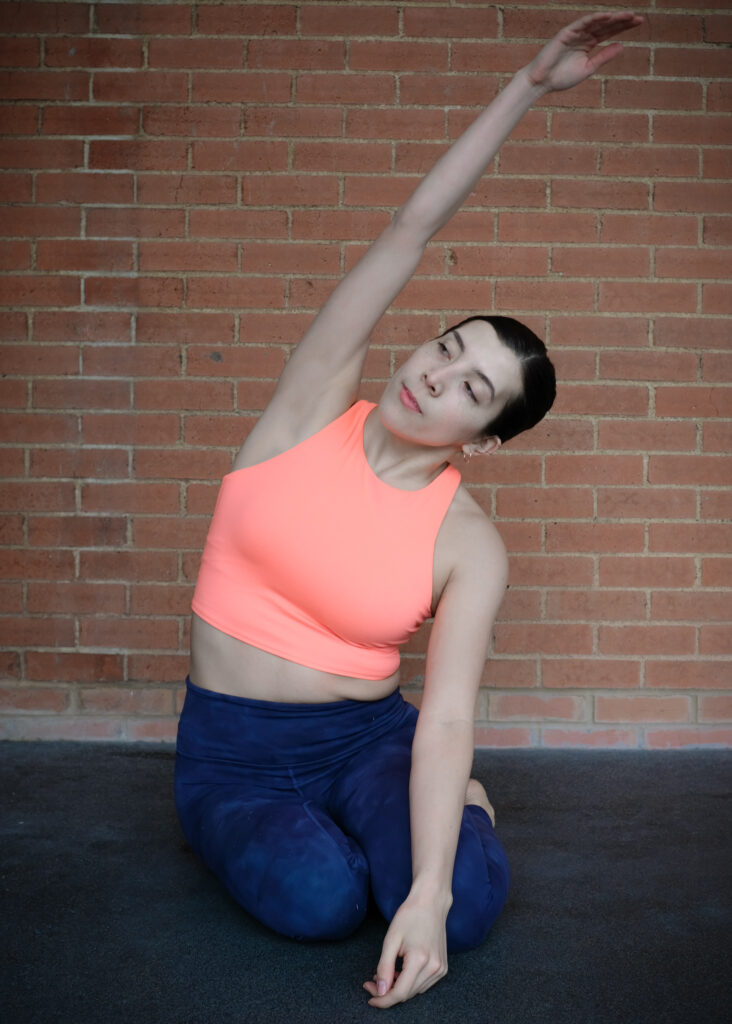
WHAT ARE THE BEST STRETCHES FOR ADULTS?
There are so many beneficial stretches one can do daily and without any equipment. The best stretches for you may depend on your experience with flexibility, your health and your goals.
Some of the best stretches for athletes, office workers, and all adults alike include:
1. STANDING QUAD STRETCH
Stand on one leg and grab your foot on the opposite leg with your hand. Keep you knee facing the ground while standing up straight and gently pull your leg. Repeat on the other side.
2. BUTTERFLY STRETCH
To stretch your thighs, groin, hips, and knee, sit down and bring your feet together so that your soles touch and your knees bend outwardly. Lean slowly forward and gently push your thighs down with your elbows.
3. SIDEWAYS NECK STRETCH
While standing with feet shoulder width apart, gently pull your head towards one side with your hand. This should make your ear tilt toward your shoulder on the same side, and you should feel the stretch on the opposite side of your neck. Repeat on the other side.
4. RUNNER’S LUNGE
Kneel on one knee and slightly lean forward, careful not to let your front knee go beyond the front of your toes. This should be felt in the hip flexor and the quad. For extra intensity, grab your back food with the opposite hand. Repeat on the other side.
5. CAT COW STRETCH
Get on all fours with your hands shoulder-width apart and knees directly below hips. Extend your neck and back so that your face is looking upwards, like a “cow.” This should be felt from your cervical spine all the way to the tailbone. Then arch your back like a “cat,” bringing your abdomen in and your head down.
If you are more interested in advanced contortion, all of the stretches listed above are good ones to set a good foundation in your flexibility journey. As you advance in your mobility, focus more on strength and active flexibility above passive stretches.
This article was all about can you become flexible as an adult.
To summarize, as we age, we become stiffer due to biological changes and sometimes even injury, but that does not mean we cannot become flexible. Stretching does not actually make us “lengthen” our muscles, but rather desensitizes the nerves in order to increase range of motion. Mobility training helps us relieve aches, improve posture, and reduce injury. With careful training, consistency, and determination, we can become flexible at any age.

